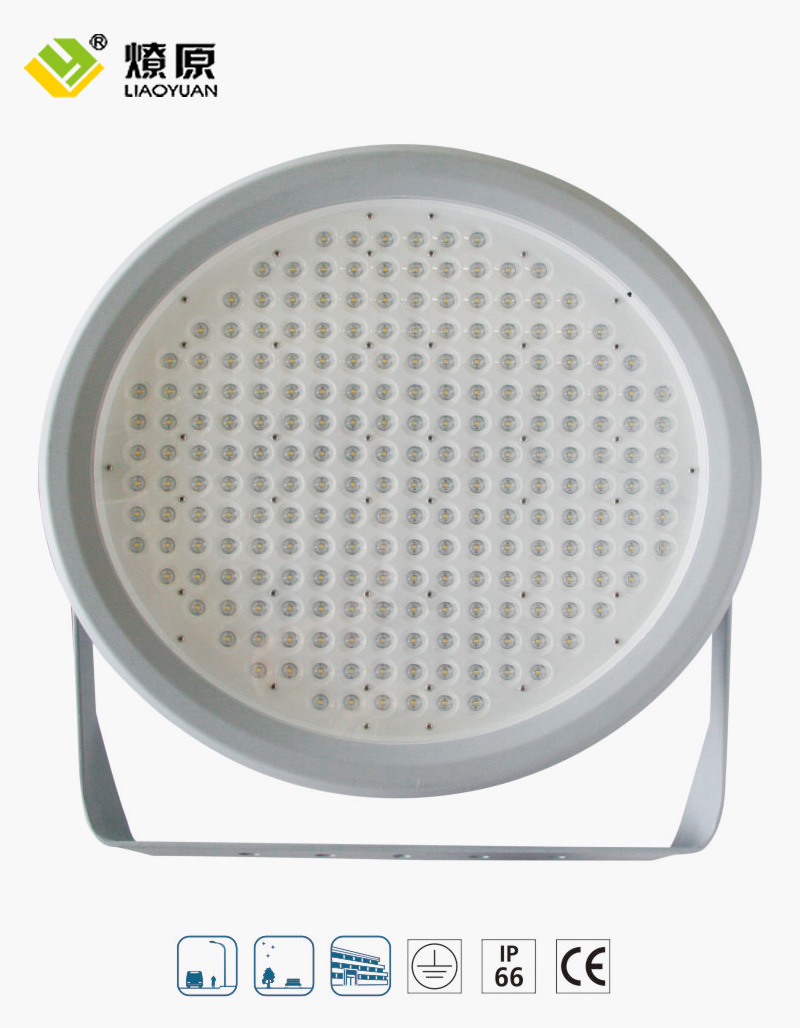Summary:The industrial environment requires strong, reliable lights for a number of reasons. These include worker safety, production efficiency, and...
The industrial environment requires strong, reliable lights for a number of reasons. These include worker safety, production efficiency, and overall environment quality. The different types of industrial lighting fixtures used for these areas vary, but most are of industrial grade quality. Industrial lighting fixtures can be divided into several different categories, such as high bay lighting, low bay lights, and strip lighting. Each of these types of lighting systems has a unique purpose, but most are used in manufacturing facilities and factories.
Incandescent bulbs: These bulbs have a filament made of refractory material based on tungsten. They give off a white light when an electric current passes through them. Incandescent bulbs are the most common type of lighting fixture. They are easy to operate and emit an instant glow when turned on. The downsides to incandescent lamps include low efficiency, short operational lives, and sensitivity to voltage surges.
Luminaires in industrial settings must be resistant to ingress of contaminants. High humidity, water splashes, and airborne contaminants can inhibit the efficiency of a lighting system. Luminaires with poor ingress protection may prematurely fail due to moisture and water causing electrical malfunctions. Additionally, dust can cause lens clouding and lumen depreciation. A good industrial lighting system will have ingress protection, and this should be a priority when choosing a lighting system.
The energy efficiency of LEDs is one of the main factors in choosing a lighting system for an industrial application. LEDs are an energy efficient option, and can easily reduce the cost of running a facility. LED lighting also reduces cooling needs and provides more light without generating heat. For this reason, LEDs are an excellent choice for industrial settings. They can reduce energy costs by as much as 75%.
The lighting systems for industrial environments must be specifically designed to meet the needs of the space in which they are installed. The proper choice of the right type of light depends on the size and shape of the facility. The most effective industrial lighting solution should provide the proper balance of lumen output and energy efficiency. Using LEDs ensures optimal lighting results with the lowest energy costs. There are many types of LED lights for industrial environments, so selecting the right one depends on the size and shape of the space.
When choosing lighting systems for industrial spaces, the main difference between high bay and low bay lights lies in the lumen output of the fixture. High bay lights provide uniform lighting throughout a large space. They can also be used to light vertical and horizontal surfaces, whereas low bay lights are used in smaller spaces and do not require a wide range of light. For larger places, LED strip lights are the ideal choice as they are energy-efficient and have a smaller footprint.
Choosing the right industrial lighting system for your space will determine the effectiveness of your facility's productivity and safety. The Occupational Safety and Health Administration (OSHA) sets minimum standards for industrial lighting for workplaces. The lighting requirements for a specific factory setting must be understood before choosing the best industrial lighting options. A minimum of three lumens is required to provide adequate lighting. This level is typically met by HID fixtures, but can be reached with high fixture density.


